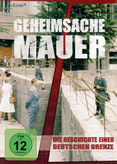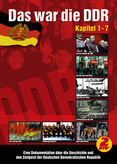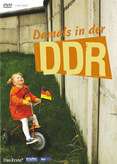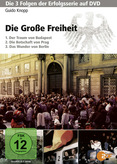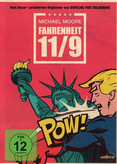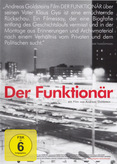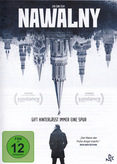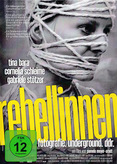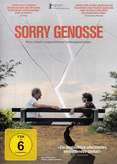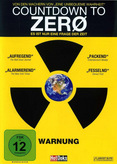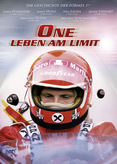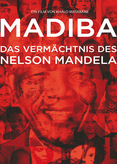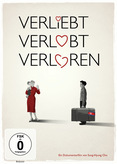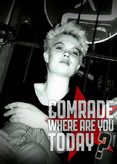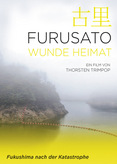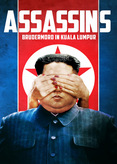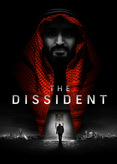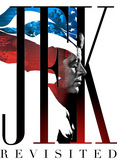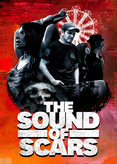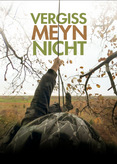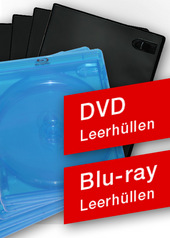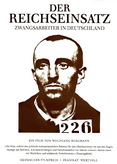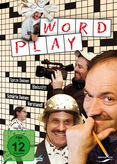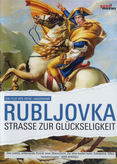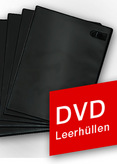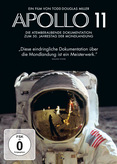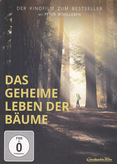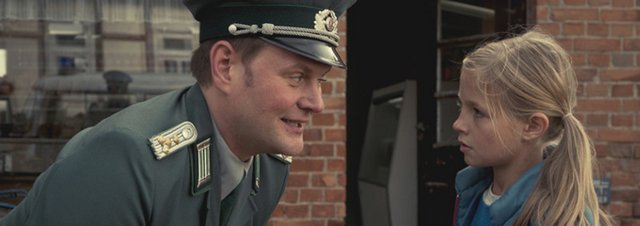Am 13. August 2011 jährte sich zum 50. Mal der Tag, an dem der bedeutendste und brisanteste Teil des 'Eisernen Vorhangs' endgültig geschlossen und in eine immer unüberwindbarere Grenze umgewandelt wurde. An diesem Tag wurde mit der Teilung Berlins die Spaltung Deutschlands und Europas vollendet und für mehr als zweieinhalb Jahrzehnte zementiert. Fast 17 Millionen Menschen waren eingesperrt. Das 90-Minütige Doku-Event 'Die Mauer - Geschichte einer deutschen Grenze' erzählt die Geschichte eines der berühmtesten und berüchtigsten 'Bauwerke' des 20. Jahrhunderts aus einer neuen Perspektive: Aus der Sicht derer, die sie geplant, erbaut und bewacht haben. Der Film offenbart einen tiefen Einblick hinter die Kulissen, in das 'betonierte' Denken und berechnende Kalkül der Macher und Strategen, die mit allen Mitteln versuchen ein ganzes Volk unter Kontrolle zu halten. Es ist die Geschichte der achtundzwanzigjährigen permanenten Perfektionierung einer tödlichen Grenze, eines Denkens in Abgrenzung und Konfrontation zwischen Ost und West, Kommunismus und Kapitalismus. Der Film verfolgt die Entwicklung der Mauer und innerdeutschen Grenze: angefangen bei den ersten Treffen des geheimen Planungsstabs im Frühjahr 1961, die weitere Planung und Ausbau des Sperrsystems - Holblocksteine ersetzen Stacheldraht, gefolgt von einer über 4 Meter hohen Stahlbetonmauer elektronische Alarmsysteme, Minen und Selbstschussanlagen an der innerdeutschen Grenze - , über die Vision der 'Mauer der Zukunft', bis zu ihrem Fall. Der Film erzählt aber auch, wie Menschen die Mauer persönlich erlebten - wie sie für sie arbeiteten, neben ihr lebten, sie versuchten zu überwinden oder an ihr zerbrachen: Zum ersten Mal überhaupt erzählt ein ehemaliger DDR-Grenzer vor laufender Kamera, wie er sich in dem Moment fühlte als er geschossen hat. Erstmals berichtet ein Oberbefehlshaber der Grenztruppen, der die Berliner Mauer mit plante und dafür verantwortlich war, dass sie funktionierte, von den geheimen Sitzungen des Grenzkommandos. Im Gegensatz dazu erzählen ehemalige Flüchtlinge von ihren gefährlichen Fluchtversuchen und wie sie ihr Leben für die Freiheit riskierten.In moderner Form verbindet der Film die vier Elemente Archiv, Animation, Reenactment und dokumentarische Interviews. Aufwendiges Reenactment versinnlicht, neben den Interviews, die spannenden und emotionalen Geschichten der ganz verschiedenen Protagonisten und die Ereignisse innerhalb der Kommandozentralen des Grenzregimes. Über Animationen wird Archivmaterial in bisher nie gesehener Weise in einem virtuellen 3D-Raum zum Leben erweckt, werden historische Räume rekonstruiert und wird – eingebunden in die persönlichen Geschichten - die Funktionsweise der Mauer und der DDR-Grenzsicherung erfahrbar. Dazu zeigt der Film bisher unveröffentlichtes privates farbiges Filmmaterial. Und wir präsentieren bisher unbekannte Dokumente: Geheimakten der DDR-Regierung zur Sicherung der Mauer, zu den Planungen, wie die Mauer noch sicherer, noch perfekter gemacht werden sollte. Auf diese Weise dringen wir tief in das System 'Mauer' ein und verstehen, wie es funktionierte und was es war - Symbol und traurige Realität des Kalten Krieges.
Weiterlesen »
August 13, 2011 marked the 50th anniversary of the day on which the most important and explosive part of the 'Iron Curtain' was finally closed and transformed into an increasingly insurmountable border. On this day, the division of Germany and Europe was completed with the division of Berlin and cemented for more than two and a half decades. Almost 17 million people were imprisoned. The 90-minute documentary event 'The Wall - History of a German Border' tells the story of one of the most famous and notorious 'buildings' of the 20th century from a new perspective: from the point of view of those who planned, built and guarded it. The film reveals a deep insight behind the scenes, into the 'concrete' thinking and calculating calculations of the makers and strategists, who try by all means to keep an entire people under control. It is the story of twenty-eight years of permanent perfection of a deadly border, of thinking in demarcation and confrontation between East and West, communism and capitalism. The film follows the development of the Wall and the inner-German border: starting with the first meetings of the secret planning staff in the spring of 1961, the further planning and expansion of the barrier system - wooden blocks replace barbed wire, followed by a reinforced concrete wall over 4 meters high, electronic alarm systems, mines and automatic firing systems on the inner-German border - to the vision of the 'Wall of the Future', to its fall. But the film also tells how people personally experienced the Wall - how they worked for it, lived next to it, tried to overcome it or broke it down: For the first time ever, a former GDR border guard tells in front of the camera how he felt at the moment he fired. For the first time, a commander-in-chief of the border troops, who helped plan the Berlin Wall and was responsible for making it work, reports on the secret meetings of the border command. In contrast, former refugees tell of their dangerous escape attempts and how they risked their lives for freedom. In a modern form, the film combines the four elements of archive, animation, reenactment and documentary interviews. In addition to the interviews, elaborate reenactment sensualizes the exciting and emotional stories of the very different protagonists and the events within the command centers of the border regime. Through animations, archive material is brought to life in a virtual 3D space in a way never seen before, historical rooms are reconstructed and - integrated into the personal stories - the functioning of the Wall and the GDR border security can be experienced. In addition, the film shows previously unreleased private color footage. And we present previously unknown documents: secret files of the GDR government on securing the Wall, on the plans to make the Wall even safer, even more perfect. In this way, we go deep into the 'wall' system and understand how it worked and what it was - symbol and sad reality of the Cold War.
More »
